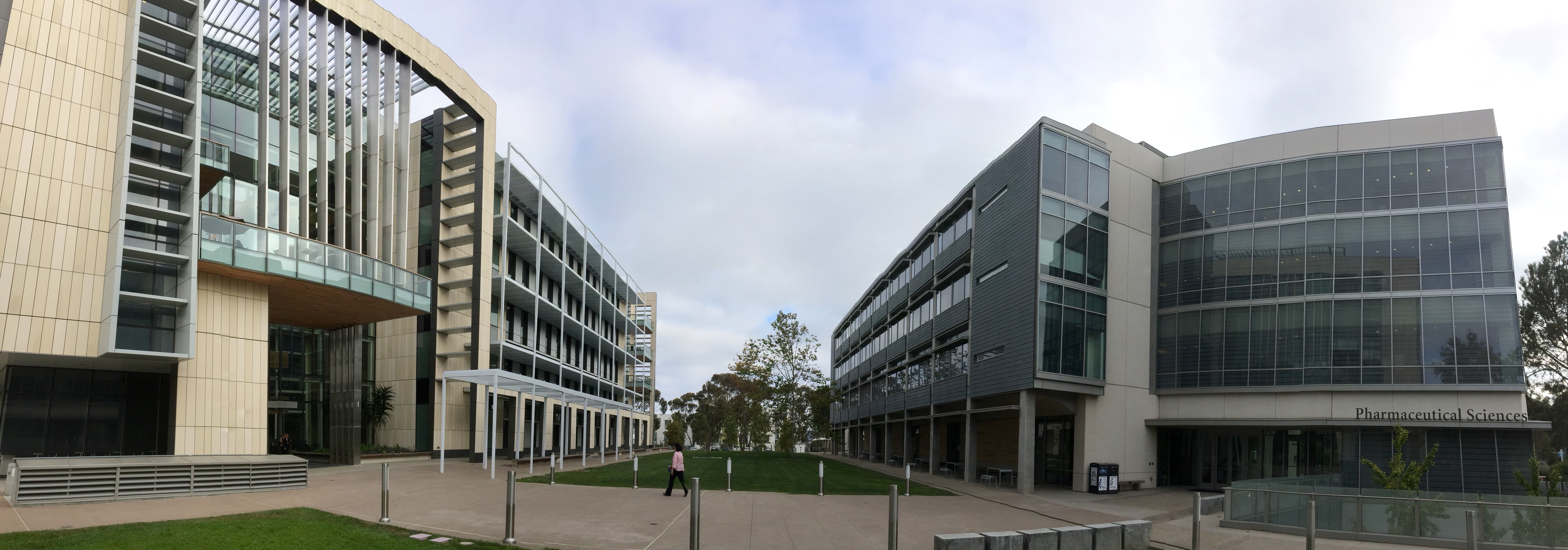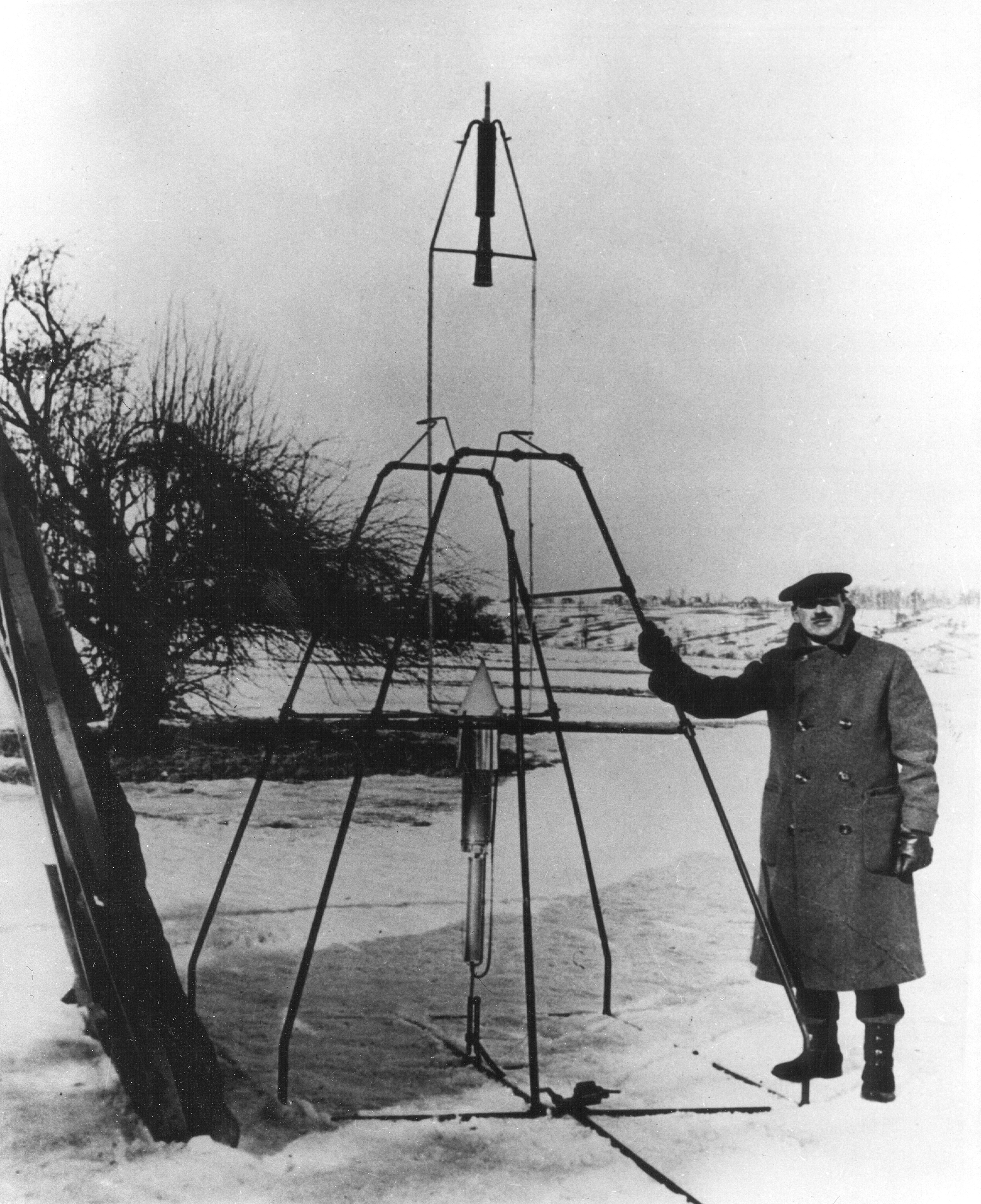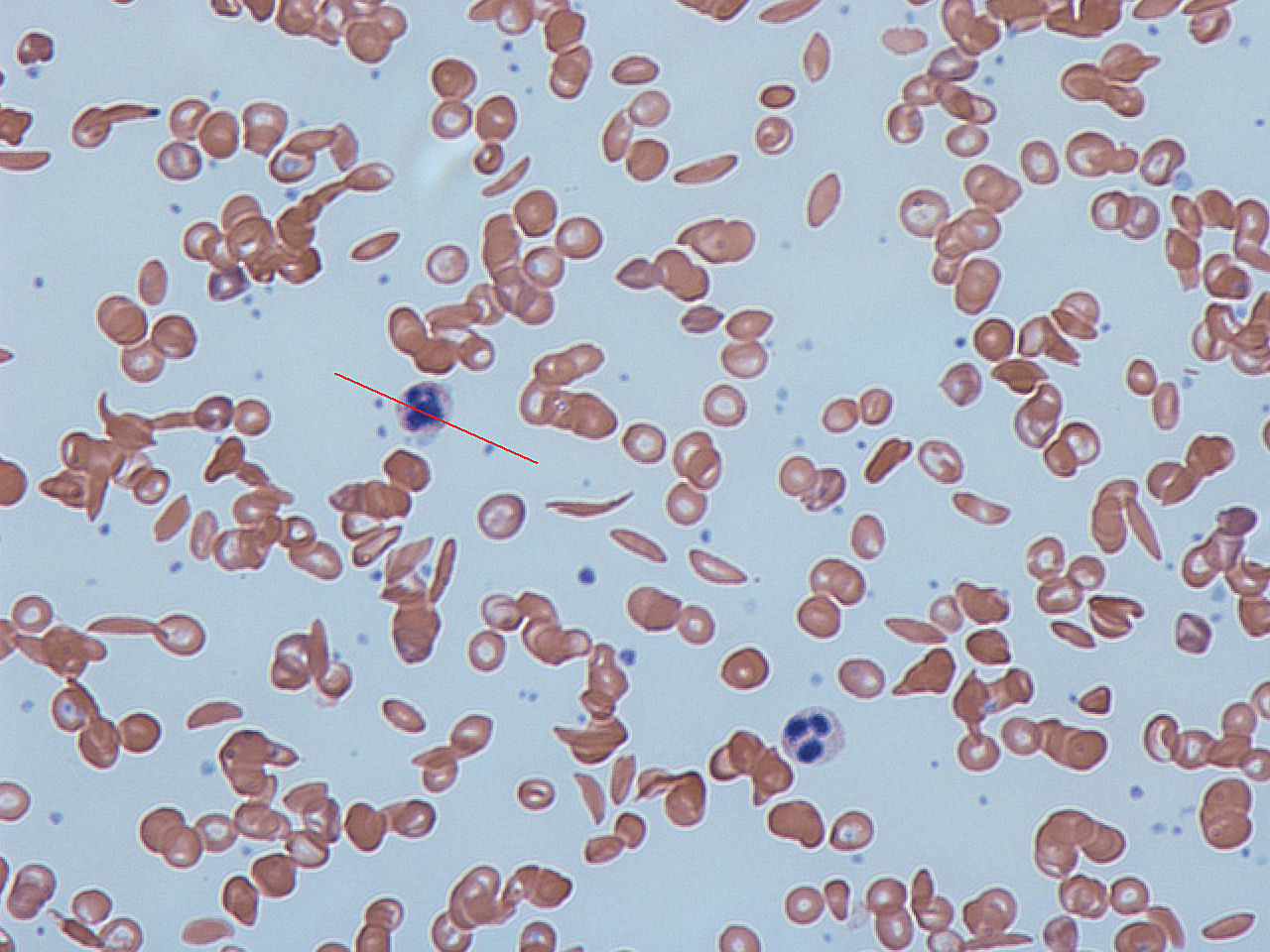|
William Nyhan
William Leo Nyhan (born March 13, 1926) is an American physician best known as the co-discoverer of Lesch–Nyhan syndrome. Nyhan currently serves as professor of pediatrics at University of California, San Diego School of Medicine in La Jolla, California. He has held positions at Johns Hopkins School of Medicine and the Miller School of Medicine at the University of Miami, and has served on a number of advisory committees, pediatric advisory boards, and research foundation boards. Nyhan's areas of research span a variety of amino acid metabolism disorders, among them 4-hydroxybutyric aciduria, 3-methylglutaconyl-Co A hydratase deficiency, multiple carboxylase deficiency, methylmalonic acidemia, and propionic acidemia. He has studied the neuropathology of propionic acidemia, including the manifestation of basal ganglia infarction and its neurologic, non-metabolic presentation. Currently, he conducts research into the causes of progressive neurologic disability caused by met ... [...More Info...] [...Related Items...] OR: [Wikipedia] [Google] [Baidu] |
UC San Diego School Of Medicine
The University of California, San Diego School of Medicine is the graduate medical school of the University of California, San Diego, a public university, public Land-grant university, land-grant research university in La Jolla, California. It was the third medical school in the University of California system, after those established at UCSF School of Medicine, UCSF and UCLA School of Medicine, UCLA, and is the only medical school in the San Diego metropolitan area. It is closely affiliated with the medical centers that are part of UC San Diego Health. History In 1962, the fledgling university began searching for a dean to head its planned medical school, which would be the first such institution in San Diego County.A Dean of the Medical School of the San Diego campus is sought O ... [...More Info...] [...Related Items...] OR: [Wikipedia] [Google] [Baidu] |
Basal Ganglia
The basal ganglia (BG) or basal nuclei are a group of subcortical Nucleus (neuroanatomy), nuclei found in the brains of vertebrates. In humans and other primates, differences exist, primarily in the division of the globus pallidus into external and internal regions, and in the division of the striatum. Positioned at the base of the forebrain and the top of the midbrain, they have strong connections with the cerebral cortex, thalamus, brainstem and other brain areas. The basal ganglia are associated with a variety of functions, including regulating voluntary motor control, motor movements, procedural memory, procedural learning, habituation, habit formation, conditional learning, eye movements, cognition, and emotion. The main functional components of the basal ganglia include the striatum, consisting of both the dorsal striatum (caudate nucleus and putamen) and the ventral striatum (nucleus accumbens and olfactory tubercle), the globus pallidus, the ventral pallidum, the substa ... [...More Info...] [...Related Items...] OR: [Wikipedia] [Google] [Baidu] |
University Of Miami Faculty
A university () is an institution of tertiary education and research which awards academic degrees in several academic disciplines. ''University'' is derived from the Latin phrase , which roughly means "community of teachers and scholars". Universities typically offer both undergraduate and postgraduate programs. The first universities in Europe were established by Catholic monks. The University of Bologna (), Italy, which was founded in 1088, is the first university in the sense of: *being a high degree-awarding institute. *using the word (which was coined at its foundation). *having independence from the ecclesiastic schools and issuing secular as well as non-secular degrees (with teaching conducted by both clergy and non-clergy): grammar, rhetoric, logic, theology, canon law and notarial law.Hunt Janin: "The university in medieval life, 1179–1499", McFarland, 2008, , p. 55f.de Ridder-Symoens, Hilde''A History of the University in Europe: Volume 1, Universities in the Middl ... [...More Info...] [...Related Items...] OR: [Wikipedia] [Google] [Baidu] |
Johns Hopkins Hospital Physicians
Johns may refer to: Places * Johns, Mississippi, an unincorporated community * Johns, Oklahoma, United States, a community * Johns Creek (Chattahoochee River), Georgia, United States * Johns Island (other), islands in Canada and the United States * Johns Mountain, a summit in Georgia * Johns River (other) * Johns Township, Appanoose County, Iowa, United States Other uses * Johns (surname) * Johns Hopkins (1795–1873), American entrepreneur, investor and philanthropist * ''johns'' (film), a 1996 film starring David Arquette and Lukas Haas See also * John (other) John is a common English name and surname: * John (given name) * John (surname) John may also refer to: New Testament Works * Gospel of John, a title often shortened to John * First Epistle of John, often shortened to 1 John * Secon ... * Justice Johns (other) * {{disambig, geo ... [...More Info...] [...Related Items...] OR: [Wikipedia] [Google] [Baidu] |
1926 Births
In Turkey, the year technically contained only 352 days. As Friday, December 18, 1926 ''(Julian Calendar)'' was followed by Saturday, January 1, 1927 '' (Gregorian Calendar)''. 13 days were dropped to make the switch. Turkey thus became the last country to officially adopt the Gregorian Calendar, which ended the 344-year calendrical switch around the world that took place in October, 1582 by virtue of the Papal Bull made by Pope Gregory XIII. Events January * January 3 – Theodoros Pangalos declares himself dictator in Greece. * January 8 **Ibn Saud is crowned ruler of the Kingdom of Hejaz. ** Crown Prince Nguyễn Phúc Vĩnh Thuy ascends the throne as Bảo Đại, the last monarch of the Nguyễn dynasty of the Kingdom of Vietnam. * January 16 – A British Broadcasting Company radio play by Ronald Knox about workers' revolution in London causes a panic among those who have not heard the preliminary announcement that it is a satire on broadcasting. * January 21 ... [...More Info...] [...Related Items...] OR: [Wikipedia] [Google] [Baidu] |
Living People
Purpose: Because living persons may suffer personal harm from inappropriate information, we should watch their articles carefully. By adding an article to this category, it marks them with a notice about sources whenever someone tries to edit them, to remind them of WP:BLP (biographies of living persons) policy that these articles must maintain a neutral point of view, maintain factual accuracy, and be properly sourced. Recent changes to these articles are listed on Special:RecentChangesLinked/Living people. Organization: This category should not be sub-categorized. Entries are generally sorted by family name In many societies, a surname, family name, or last name is the mostly hereditary portion of one's personal name that indicates one's family. It is typically combined with a given name to form the full name of a person, although several give .... Maintenance: Individuals of advanced age (over 90), for whom there has been no new documentation in the last ten ... [...More Info...] [...Related Items...] OR: [Wikipedia] [Google] [Baidu] |
Sakati–Nyhan–Tisdale Syndrome
Sakati–Nyhan–Tisdale syndrome is a rare genetic disorder that has been associated with abnormalities in the bones of the legs, congenital heart defects and craniofacial defects. The syndrome belongs to a group of rare genetic disorders known as acrocephalopolysyndactyly, or ACPS for short. Presentation The syndrome was first reported in an eight-year-old boy, but very few cases have been reported since then. The syndrome is detected by abnormalities noted at birth involving the head, limbs, heart, ears, and skin. It is characterized by premature closure of the fibrous joints between certain bones of the skull in a process known as craniosynostosis. As documented in the first case, the victim tends to suffer from cyanosis and other respiratory and breathing infections, all before the age of one. Body development subsequently slows down, but some problems can be fixed under proper guidance, such as learning to walk with special crutches by five years of age. Craniofacial problems ... [...More Info...] [...Related Items...] OR: [Wikipedia] [Google] [Baidu] |
Lactic Acidemia
Lactic acidosis refers to the process leading to the production of lactate by anaerobic metabolism. It increases hydrogen ion concentration tending to the state of acidemia or low pH. The result can be detected with high levels of lactate and low levels of bicarbonate. This is usually considered the result of illness but also results from strenuous exercise. The effect on pH is moderated by the presence of respiratory compensation. Lactic acidosis is usually the result of tissue hypoxia which is not the same as arterial hypoxia. Adequate circulation of blood and perfusion of metabolizing tissue to meet demand is necessary to prevent tissue hypoxia. Lactic acidosis can also be the result of illnesses, medications, poisonings or inborn errors of metabolism that interfere directly with oxygen utilization by cells. The symptoms are generally attributable to the underlying cause, but may include nausea, vomiting, shortness of breath, and generalised weakness. The diagnosis is made on ... [...More Info...] [...Related Items...] OR: [Wikipedia] [Google] [Baidu] |
Mitochondrial Disease
Mitochondrial disease is a group of disorders caused by mitochondrial dysfunction. Mitochondria are the organelles that generate energy for the cell and are found in every cell of the human body except red blood cells. They convert the energy of food molecules into the ATP that powers most cell functions. Mitochondrial diseases take on unique characteristics both because of the way the diseases are often inherited and because mitochondria are so critical to cell function. A subclass of these diseases that have neuromuscular symptoms are known as mitochondrial myopathies. Types Mitochondrial disease can manifest in many different ways whether in children or adults. Examples of mitochondrial diseases include: * Mitochondrial myopathy * Maternally inherited diabetes mellitus and deafness (MIDD) ** While diabetes mellitus and deafness can be found together for other reasons, at an early age this combination can be due to mitochondrial disease, as may occur in Kearns–Sayr ... [...More Info...] [...Related Items...] OR: [Wikipedia] [Google] [Baidu] |
Dichloroacetate
Dichloroacetic acid (DCA), sometimes called bichloroacetic acid (BCA), is the organic compound with formula . It is an analogue of acetic acid, in which 2 of the 3 hydrogen atoms of the methyl group have been replaced by chlorine atoms. Like the other chloroacetic acids, it has various practical applications. The salts and esters of dichloroacetic acid are called dichloroacetates. Reactions The chemistry of dichloroacetic acid is typical for halogenated organic acids. It is an alkylating agent. It forms esters. It is a member of the chloroacetic acids family. As such it is more acidic than acetic acid. It fully dissociates into dichloroacetate when dissolved in water, consistent with it p''K''a of 1.35, pure dichloroacetic acid is classed as a strong organic acid; it is very corrosive and extremely destructive to tissues of the mucous membranes and upper respiratory tract via inhalation. Natural occurrence DCA has been shown to occur in nature in at least one seaweed, ''Aspa ... [...More Info...] [...Related Items...] OR: [Wikipedia] [Google] [Baidu] |
Newborn Screening
Newborn screening (NBS) is a public health program of screening (medicine), screening in infants shortly after birth for conditions that are treatable, but not clinically evident in the newborn period. The goal is to identify infants at risk for these conditions early enough to confirm the diagnosis and provide intervention that will alter the clinical course of the disease and prevent or ameliorate the clinical manifestations. NBS started with the discovery that the amino acid disorder phenylketonuria (PKU) could be treated by dietary adjustment, and that early intervention was required for the best outcome. Infants with PKU appear normal at birth, but are unable to metabolize the essential amino acid phenylalanine, resulting in irreversible intellectual disability. In the 1960s, Robert Guthrie (microbiologist), Robert Guthrie developed a simple method using a bacterial inhibition assay that could detect high levels of phenylalanine in blood shortly after a baby was born. Guth ... [...More Info...] [...Related Items...] OR: [Wikipedia] [Google] [Baidu] |
Tandem Mass Spectrometry
Tandem mass spectrometry, also known as MS/MS or MS2, is a technique in instrumental analysis where two or more stages of analysis using one or more mass analyzer are performed with an additional reaction step in between these analyses to increase their abilities to analyse chemical samples. A common use of tandem MS is the analysis of biomolecules, such as proteins and peptides. The molecules of a given sample are ionized and the first spectrometer (designated MS1) separates these ions by their mass-to-charge ratio (often given as m/z or m/Q). Ions of a particular m/z-ratio coming from MS1 are selected and then made to split into smaller fragment ions, e.g. by collision-induced dissociation, ion-molecule reaction, or photodissociation. These fragments are then introduced into the second mass spectrometer (MS2), which in turn separates the fragments by their m/z-ratio and detects them. The fragmentation step makes it possible to identify and separate ions that have very simil ... [...More Info...] [...Related Items...] OR: [Wikipedia] [Google] [Baidu] |






